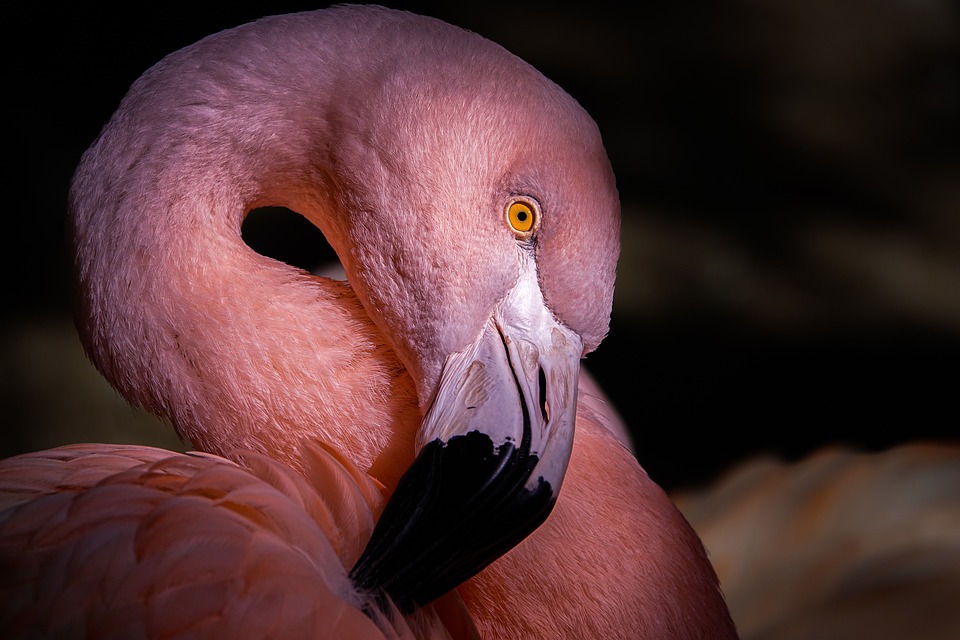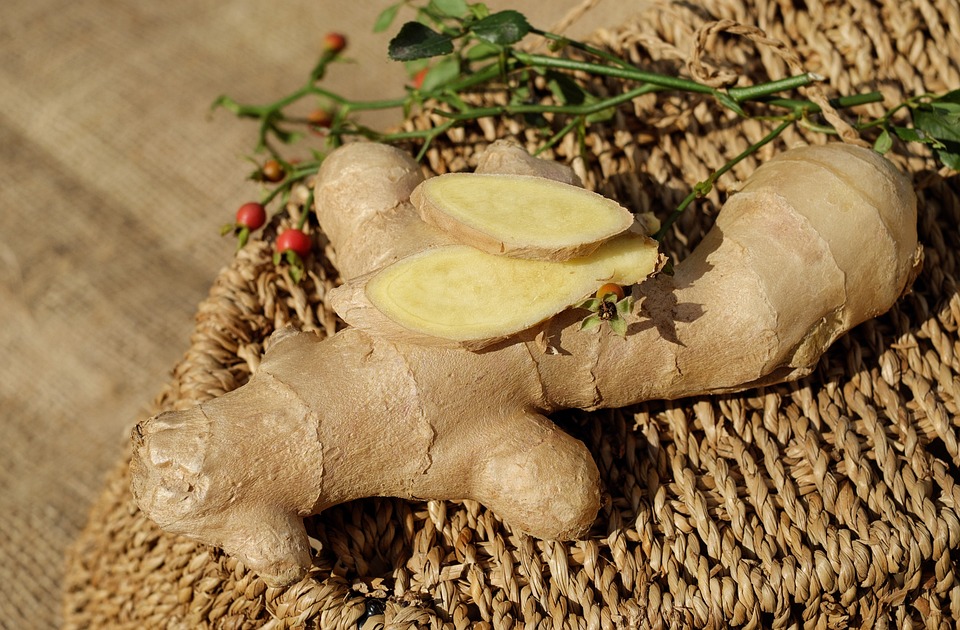Title: The Elements of Tradition: A Deeper Look into Chinese Tea’s Influence Infiltrating Global Culture
The fabled land of the dragon, China, has long retained its charm and mystique for centuries, not just through its vibrant culture, but also through its beautifully cultivated tradition of tea drinking. From ancient dynasties to the modern world, Chinese tea has found its way into the corners of globe, brewing a planetary love for this beloved beverage. A potent mixture of history, culture, and a distinct brew, it has transcended borders and seeped into various corners of the Earth. This article aims to unravel the centuries-old tradition of this intriguing beverage, delving into its influence across the global canvas.
Long before the advent of coffee shops, China was brewing tea. Tea cultivation dates back over 4,700 years to the times of Emperor Shen Nong. The legend recalls Shen Nong tasting the refreshing liquor of tea leaves which accidently fell into boiling water. The exquisite taste left a profound influence on him, changing the trajectory of beverage culture forever. The tea plant, Camellia sinensis, native to East Asia, immensely impacted Chinese society and economy, setting the course for a global tea movement.
[Image: A beautiful illustration of Emperor Shen Nong tasting brewed tea leaves]
For thousands of years, tea has acted as a cultural cornerstone in China, embedded into daily life and traditional rituals, from the traditional Chinese tea ceremony representing respect and honor to the long-lost art of tea painting, which artists have beautifully encapsulated in their artworks. Tea became synonymous with philosophy, societal interactions, and even gave birth to one of the country’s most reverential arts – the Chinese tea ceremony. The practice involves meticulous preparation and a serene ambiance, emphasizing the esteem for tranquility and precision.
Tea’s allure grew as traders carried its leaves across the Silk Road, across land and sea, introducing a wave of anticipation and fascination that Israel off its surprisingly bitter taste. Western cultures received tea with open arms. Britain, for instance, embraced tea with fervor, intertwining it immersively into their daily lives. Instead of quietly savoring it, the British took tea to social gatherings, a display of the cultural divide in consumption. These cultural exchanges transformed the quiet respect of China to the flamboyant tea parties of the Victorian era. This was the birth of the high tea tradition.
Closer to the present, notable cuisiniers like Sen no Rikyu in Japan elevated ‘Chanoyu’, the Japanese tea ceremony, mirroring China’s own tradition. Morocco, known for its mint tea, created a variant, ‘Moroccan mint tea,’ incorporating local ingredients, infusing their unique spices. India introduced ‘Masala Chai,’ a spicy, robust flavour. These versions are testament to tea’s global journey, seeping into cultural fabrics, far from its roots yet remaining faithful to its essence.
In Africa, the world’s largest consumer of tea, traditional herbal teas, like Rooibos and Hibiscus, or buchu tea, showcase how the ‘Chinese Way’ of tea-drinking can morph, the beverage adapting to local essence.
How did it affect trade, cultural diplomacy, and social gatherings across the globe? Did it replace traditional beverages or just add to them?
This global tea culture brought the concept of “Cross Cultural Exchange”. For instance, the Chinese ‘Gongfu tea ceremony’ deeply influenced Japanese and Korean traditions. However, the English ‘High Tea’ also propagated a new social norm – social gatherings over a simple cup of tea. This tradition, along with colonialism, aided a segment of tea’s proliferation across the world.
In the modern world, this beverage has proven to be much more than just an act of consumption. Global tea brands have emerged, with countries exporting their unique teas, introducing more variety to tea-starved clans across the globe. Discussions about tea cultivation techniques have led to international expertise collaborations. The infusion of international culinary arts to tea brewing techniques has nurtured creativity and respect for the culture and art behind this age-old tradition. Thus, musing over the influence of Chinese tea in contemporary settings unravels its role as not just a drink but a medium for growth and creative dialogue.
Beyond taste, tea now symbolizes mindfulness and tranquillity, aligning with global wellness and health trends. It’s seen as a stress buster, delimiter for meditation, a catalyst for farm-to-table movements, and even a symbol of sustainability through its environmentally sustainable cultivation process.
To wrap up, let’s examine how an inadvertent ingestion by a Chinese emperor shaped culinary traditions and social interactions in distant lands! From the simple drink of China to the tea-bisnoffs we have today, tea is a silent ambassador of Chinese culture, paving its way into the fabric of global life through offers of hospitality, traditional ceremonies, and vigorous trade. It has draped itself across borders and centuries, evolving and adapting, while retaining its cherished identity.
[FAQs]
1. How did tea influence global economies?
– Tea became a central part of global trade, with shipping routes forming around it, particularly between Britain and China, ultimately leading to significant political dealings like the Opium Wars and Treaty relations.
2. Is Chinese tea drunk differently in other countries?
– Tea preparation and consumption methods do vary across countries, reflecting cultural influences. For instance, the Japanese ‘Chanoyu’ influences by ‘Gongfu’ tea ceremony of China, leads to more methodical aesthetics, while ‘Cha Dao’ influences Moroccan mint tea.
3. How has tea production affected China’s economy?
– Tea production contributes significantly to China’s economy with it being one of their significant exports, boosting local employment and transforming rural landscapes.
4. What is the current trend of tea consumption worldwide?
– Global trends see the upswing in loose-leaf teas, sustainable harvesting, farm-to-table movements, and tea’s promise of health benefits.
5. Has the global popularity of tea impacted tea culture in China?
– Yes, it has led to preservations of traditional practices and the formation of niche markets focusing on organic, high-quality, and heritage teas.
Chinese tea’s journey is inseparable from its packaging – the teapot, teacups, pu pu with intricate patterns, the timeless bamboo tea steamers. Each object tells a story of evolution, each sip is a celebration of a culture serving beyond borders, weaving a global tapestry rich with flavors and shared respect for tradition. The “China Connection” to tea is as deep as the beverage is delightful, a testament to the enduring power of cultural exchanges across generations and geography. For as long as the leaves are brewed, this intriguing tale will continue to brew, sophistication with each cup.
[Image: A vintage teapot surrounded by the diversity of tea leaves and green tea fields]
In conclusion, the tradition of Chinese tea’s influence infiltrating global culture is remarkable, a story steeped in history, leaving lasting traces on global palates, ceremonies, and economies. As the world keeps tasting, brewing, and celebrating, the subtly bitter leaves whisper tales of ancient China to our modern society, echoing an old-world charm in its clink and clatter.



